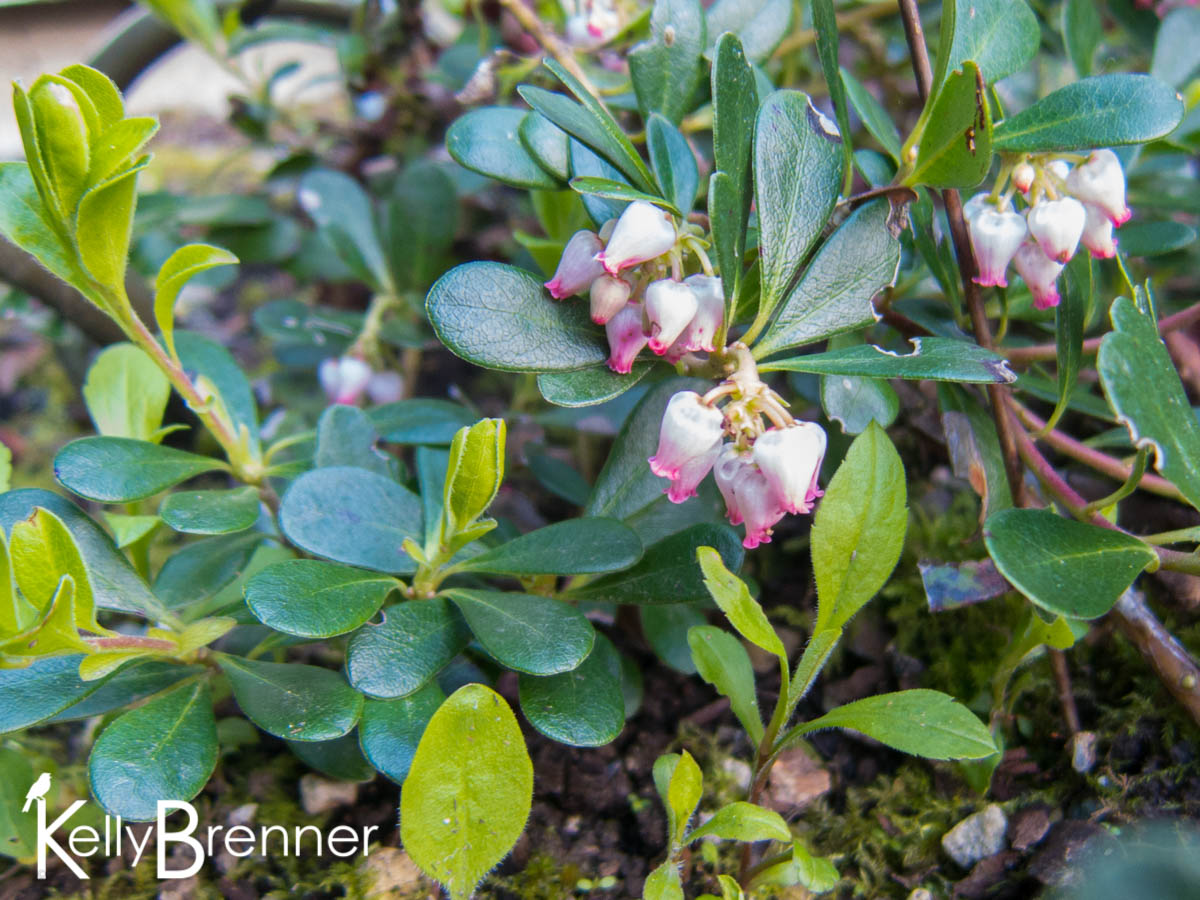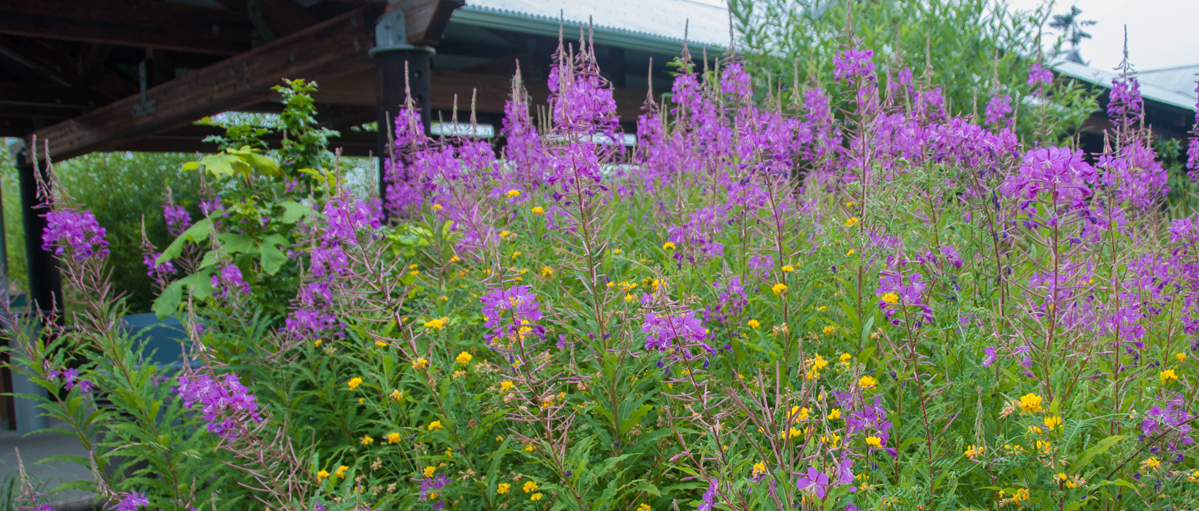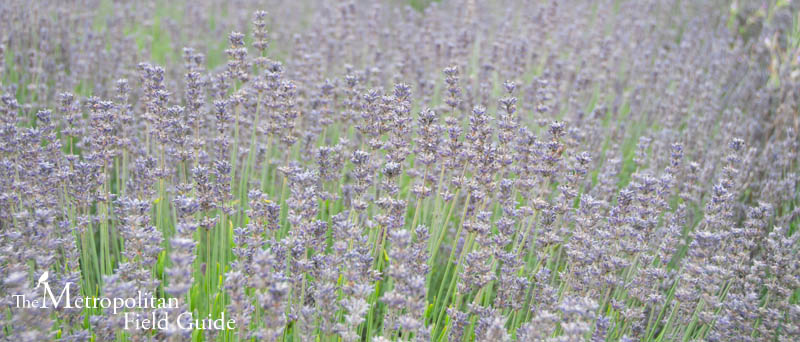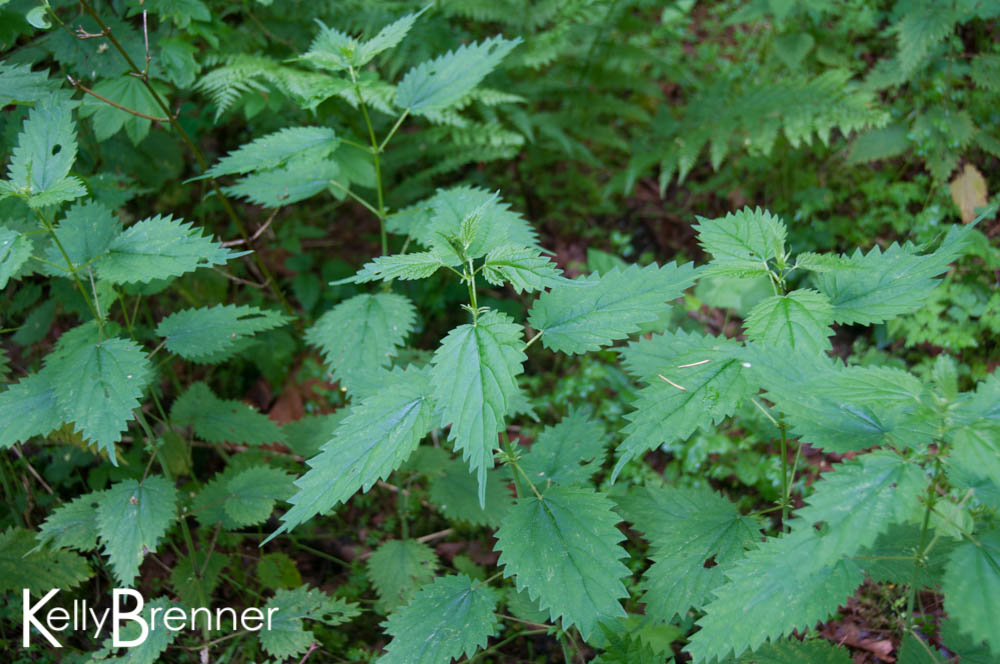Besides having one of the best plant names around, Kinnikinnick (Arctostaphylos uva-ursi) offers a variety of wildlife benefits. According to the Seattle Audubon Native Plant list (PDF) Kinnikinnick provides nectar for butterflies and it’s a larval food plant as well. Hummingbirds have also been known to take nectar from the flowers. According to Landscaping for Wildlife in the Pacific Northwest (Link), the berries are eaten by a variety of birds including ruffed grouse, band-tailed pigeons, evening grosbeak, sparrows and other ground feeding birds. The flowers attract bees and brown elfin butterflies and the berries are eaten by bears, foxes and coyotes while the twigs are browsed by deer. The Native Americans ate the berries and also made use of the leaves mixed with tobacco, while the leaves and berries were used in medicinal teas. It’s one of the plants to be considered the most valuable wildlife plants by Naturescaping (ODFW) and it’s a highly recommended plant for butterfly larvae food from Landscaping for Wildlife in the Pacific Northwest (Link).
Kinnikinnick is native on the west coast from Northern California all the way up to Alaska. It spreads slowly but can grow into a mat as big as a 15’. Being a native plant it needs little water and thrives in the sun but needs dry, good draining soils.
It’s a groundcover that grows flat, and very low. The woody stems are dark, reddish/brown, smooth and shiny. Leaves are small, elliptic shaped and glossy dark green. In the winter months the foliage can turn reddish or purple.
The light white or pink, urn-shaped flowers bloom in April/May and last for 2-3 months. The fruit is in the form of a small berry, tomato red in color and persists into the winter making it particularly valuable as a food source. Like all in the Ericaceae family, there is a tiny spike at the end of the berry.
Kinnikinnick is suitable for different habitats including woodlands and grasslands and it’s great for slopes.
Further Reading::
Seattle Audubon Native Plant list (PDF)
Kinnikinnick:: Oregon State University
Kinnikinnick:: Lady Bird Johnson Wildflower Center
Kinnikinnick:: Washington Native Plant Society
Arctostaphylos uva-ursi:: US Forest Service
Recommended Native Plants for Home Gardens in Western Oregon:: OSU Extension Service







2 Comments